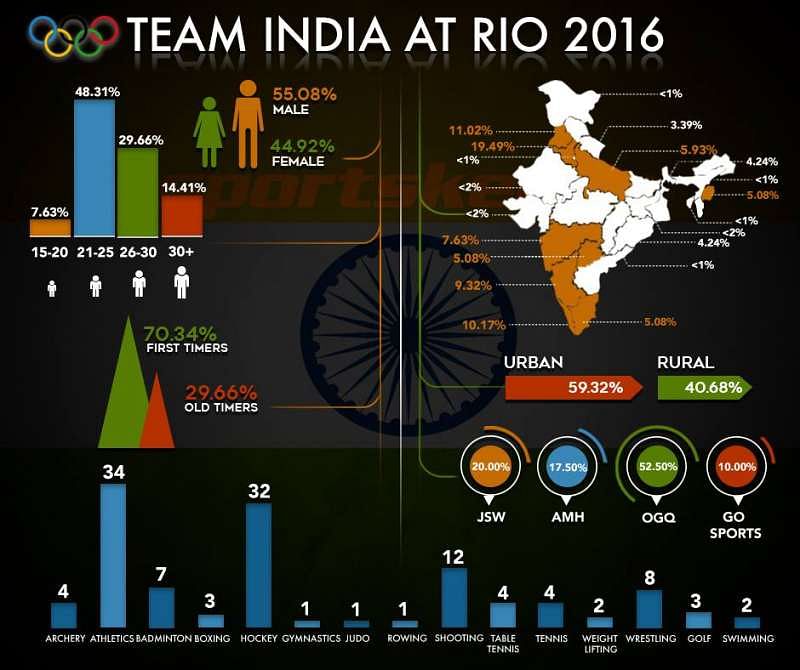

At the 1992 Games, in Albertville, France, a total of 64 NOCs were represented, including a single Germany team-following the German reunification in 1990-and a Unified Team composed of six of the ex- republics of the Soviet Union. The post- Cold War events of the early 1990s led to a large increase in participating nations at the Olympics. Several more tropical nations would participate at the 1988 Winter Olympics, in Calgary, Canada, including the famed Jamaica national bobsleigh team. Puerto Rico and the Virgin Islands were the first two Caribbean NOCs to compete in the Winter Games. Sarajevo, SFR Yugoslavia was host to the 1984 Winter Olympics, which welcomed 49 nations. The People's Republic of China made their Olympic debut but, in response, the Republic of China boycotted the Games, protesting their inability to use the name "China" after the decision by the IOC. Lake Placid was the site of the Winter Games in 1980, with 37 competing nations. The Winter Games returned to Innsbruck, in 1976, with 37 participating nations. A total of 35 nations were represented, including the Philippines, the first appearance by a southeast Asian nation. The Games of 1972 were held in Sapporo, Japan, the first time the Winter Games were held outside of Europe or North America. The 1968 Winter Olympics in Grenoble, France, marked the first time that East Germany and West Germany competed as independent teams, two of the 37 nations that took part. Thirty-six nations were represented in Innsbruck, Austria, in 1964. Thirty nations would participate at the 1960 Winter Olympics in Squaw Valley, United States, including South Africa, the first African nation to participate in the Winter Games.

The NOCs of East Germany and West Germany would be represented by a single German team, an arrangement that would continue until 1964. The 1956 Games in Cortina d'Ampezzo, Italy, marked the Winter Games debut of the Soviet Union, along with 31 other nations. The 1952 Winter Games in Oslo, Norway, featured 30 participating nations. Moritz for the 1948 Winter Olympics, but not Germany or Japan, who were not invited because of their roles in the war. Post-war years and Cold War era Īfter the war, 28 nations would return to St. These would be the last Winter Games for twelve years, as the planned 1940 Games and 1944 Games were cancelled due to World War II. The 1936 Winter Games, in Garmisch-Partenkirchen, Germany, had 28 participating nations, the largest number to that date. The 1932 Games, held in Lake Placid, United States, saw the participation of 17 nations. Moritz, Switzerland, including Argentina (the first nation from the Southern Hemisphere), Japan (the first Asian nation), and Mexico. įour years later, 25 nations were represented at the 1928 Winter Olympics, in St. Sixteen nations participated in these Games: fourteen from Europe and two from North America. They were originally called International Winter Sports Week and held in association with the 1924 Summer Olympics, but were in retrospect designated by the International Olympic Committee (IOC) as the I Olympic Winter Games. The first Winter Games were held in 1924, in Chamonix, France.

Ice hockey was also part of the 1920 program of events, with seven teams competing. Skating was not in the program of the 1912 Summer Olympics in Stockholm, but returned for the 1920 Games in Antwerp. A total of 21 skaters from six countries ( Argentina, Germany, Great Britain, Sweden, Russia, and the United States) competed in four events on 28–29 October. The first winter sport to be contested at the modern Olympic Games was figure skating at the 1908 Games in London.


 0 kommentar(er)
0 kommentar(er)
